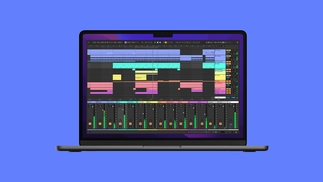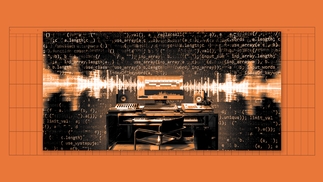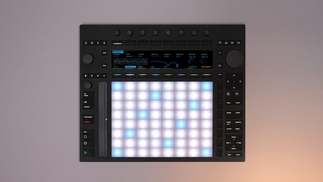POINT BLANK STUDENT DIARY (WEEK 1)
Learning to produce deep house with Ableton Live
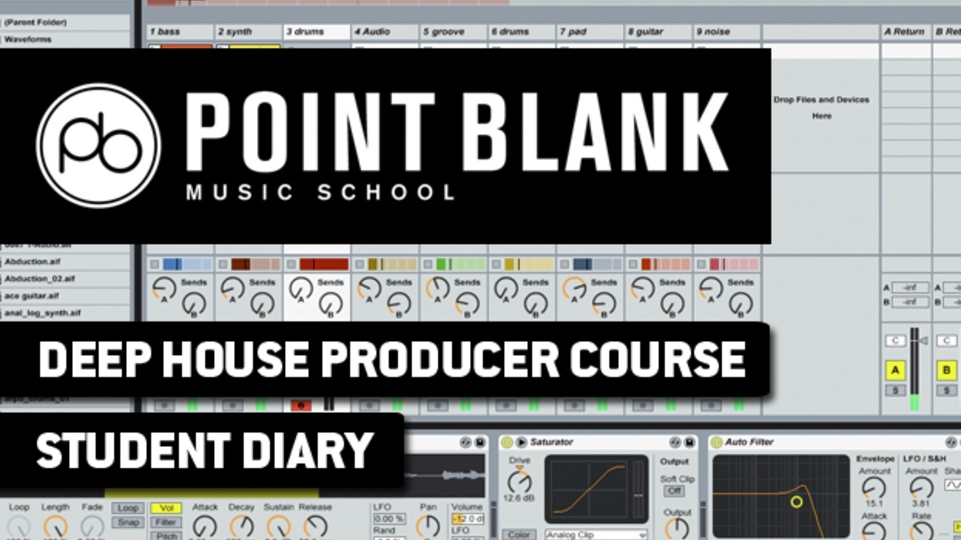
We have worked closely with Point Blank Music School for many years - most recently to bring you the excellent producer video tutorials hosted on the DJ Mag homepage.
In addition to running courses at their college in East London, they also have a thriving online program, with courses for pretty much every DAW and style of dance music out there.
We enrolled on their Deep House Ableton Live course to check out the process, and hopefully learn some tricks along the way. This is part one of the the four week course diary.
You can check out the course preview video below.
Find out more about this online course HERE.
WEEK 1: BEATS
Week one is all about the building blocks of deep house music (or any music for that matter) - the drums.
The course kicks off with an overview of the classic drum machines, their defining sounds and characteristics and their particular uses and limitations.
We then fly into video tutorials from the excellent Johnny Miller, who goes through four methods for sampling, programming or creating drums in Ableton Live - using Simpler, Impulse, Drum Racks and Analogue.
Some experience of Ableton would definitely be advisable for people taking this course, however the base level is low enough to cater for beginners without putting off the intermediate or advanced users. There is a lot of information to take in, so we took plenty of notes and have been referring back to the course videos - which stay online for 12 months.
During the course of the video content you pick up little tricks that can't help but improve your beatmaking. Detailed run throughs of groove and swing, plus insight into the benefits of adding textures to your drums all make a huge impact to the quality of our loops in a relatively short space of time.
The week concludes with a live web seminar to go through the lesson content, and Johnny Miller answers questions and goes through the techniques in more detail with some real life examples as demonstration
You are left with an assignment to build a library of your own drum sounds (synthesised and sampled) and create a 32 bar drum sequence that contains at least one fill.
Next week, we focus on adding musical elements to the track, and will submit a first draft for a one-to-one video review with the tutor.
More on that next week.
Find out more about this online course HERE.
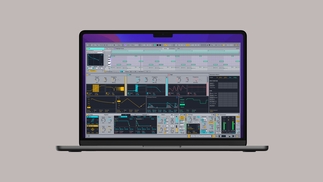
![Photos of NIKS, Coco Em and [M] on a poster for Saffron and Black Artist Database’s new collaborative series](/sites/default/files/styles/djm_23_323x182_jpg/public/2024-01/1329C0D1-B4DF-46F8-9E8D-B3114107E223_1_201_a_0.jpeg.jpg?itok=l8KeQZq6)
